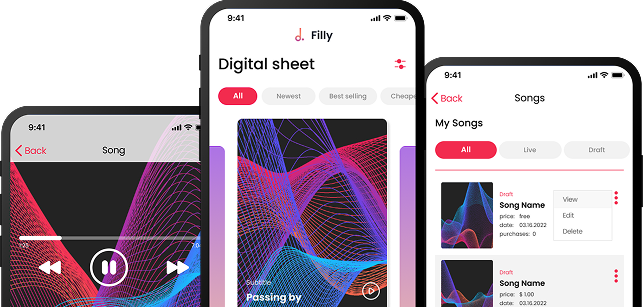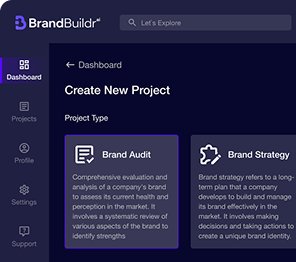Conflicts are an inevitable part of any team dynamic, including in our #codebridgeteam, where diverse perspectives and expertise are crucial to problem-solving and performance. While differing viewpoints can significantly enhance team innovation and effectiveness, they can also lead to conflicts if not managed properly. Understanding the root causes and implementing a structured approach to conflict resolution can ensure that differences contribute positively to team growth rather than detract from it.

Understanding the Roots of Conflict
Conflicts in the workplace can arise from a variety of sources, which can generally be categorized into three main types:
- Objective and Social-Psychological Factors: These include differences in values, beliefs, and communication styles. For example, a team member’s strong opinion may clash with another’s differing perspective, leading to tension.
- Organizational and Management Factors: These stem from structural issues such as unclear roles, overlapping responsibilities, or inconsistent policies, which can create friction between team members.
- Communicative Conflict Generators: Often, conflicts are exacerbated by poor communication. Misunderstandings arise when one person’s words or intentions are perceived differently by another. Key communicative issues include:
- Non-acceptance of behavioral norms
- Violations of ethical standards
- Direct negative remarks or criticisms
Participants in Workplace Conflicts
Typically, conflicts involve:
- Primary Opponents: The individuals directly involved in the disagreement.
- Supporting Group: Colleagues who might be indirectly involved or affected by the conflict.
While primary opponents may have strong feelings, the supporting group can play a significant role in either escalating or diffusing the situation. It's crucial to involve a mediator when necessary to manage and resolve conflicts effectively.
A Step-by-Step Plan for Conflict Resolution
For any individual involved in a conflict, whether directly or indirectly, the following steps can guide effective resolution:
- Determine Your Role: Understand whether you are a party to the conflict or an observer. Your role will influence your approach to resolution.
- Listen to Both Sides: If you are not directly involved, ensure that you listen impartially to all parties involved to understand their perspectives.
- Understand the Motives: Try to grasp the underlying reasons for the conflict. Understanding what drives each party’s viewpoint can facilitate more empathetic discussions.
- Reduce Emotional Intensity: Emotions can cloud judgment and escalate conflicts. Aim to manage emotional responses and focus on the issue at hand.
- Focus on the Actual Conflict: Keep discussions centered on the core issue rather than allowing the conversation to stray into personal grievances.

Behavioral Rules for Conflict Resolution
To navigate conflicts effectively, adhere to the following behavioral principles:
- Resolve Conflicts Promptly: Address issues as they arise to prevent them from escalating. Ignoring conflicts can deepen the problem and make resolution more challenging.
- Be Honest: Transparency is crucial. Address problems openly and honestly rather than letting them fester.
- Practice Straightforward Communication: Clearly express your thoughts and ideas. Avoid ambiguous language that could lead to misunderstandings.
- Engage in Active Listening: Use techniques like paraphrasing and asking clarifying questions to ensure that you fully understand the other party’s perspective.
- Avoid Personalization: Keep the conflict professional. Focus on the issue rather than attacking individuals personally.
- Seek Effective Solutions: Aim for practical solutions rather than dwelling on aspects that cannot be changed. Focus on resolving the issue rather than assigning blame.
- Encourage Collaboration: Foster a collaborative environment where feedback is constructive, and criticism is directed towards ideas rather than individuals.
- Maintain Confidentiality: Keep conflict discussions private to avoid spreading discord within the team. Do not disclose issues on social networks or to others outside the immediate context.
Addressing workplace conflicts promptly and transparently is crucial. By focusing on the core issue and practicing straightforward communication, teams can turn disagreements into opportunities for growth and collaboration.
By implementing these strategies, your team can effectively manage conflicts, improving both individual relationships and overall team productivity. Addressing conflicts constructively helps maintain a healthy work environment where diverse perspectives are valued and leveraged for collective success.

Heading 1
Heading 2
Heading 3
Heading 4
Heading 5
Heading 6
Lorem ipsum dolor sit amet, consectetur adipiscing elit, sed do eiusmod tempor incididunt ut labore et dolore magna aliqua. Ut enim ad minim veniam, quis nostrud exercitation ullamco laboris nisi ut aliquip ex ea commodo consequat. Duis aute irure dolor in reprehenderit in voluptate velit esse cillum dolore eu fugiat nulla pariatur.
Block quote
Ordered list
- Item 1
- Item 2
- Item 3
Unordered list
- Item A
- Item B
- Item C
Bold text
Emphasis
Superscript
Subscript





















.avif)



.avif)

.avif)


